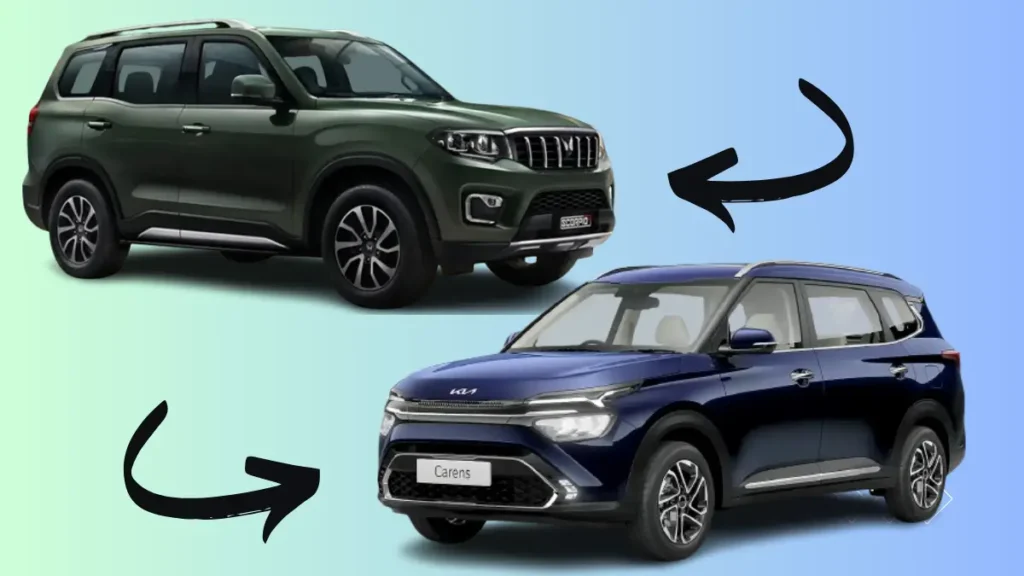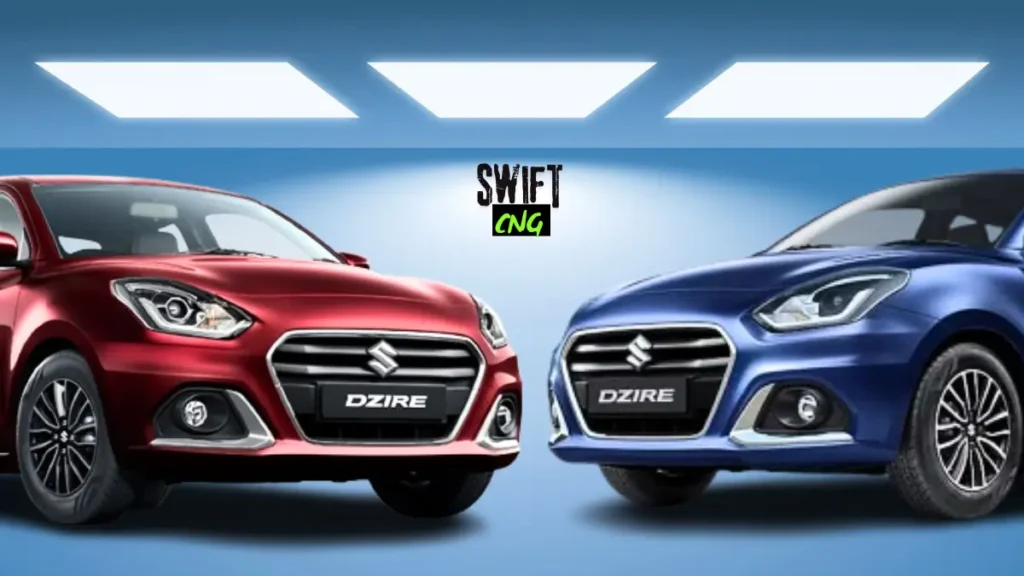Summer is the perfect time for road trips. The sun is shining, the roads are clear, and the destinations are calling. However, before you hit the open road, it’s crucial to ensure your car is in top condition. A well-prepared vehicle not only guarantees a smooth and enjoyable journey but also keeps you and your passengers safe. In this guide, we’ll walk you through everything you need to do to prepare your car for summer road trips.
Check Your Car’s Fluids
Your car’s fluids are its lifeblood. Ensuring they’re at the right levels and in good condition is essential for a trouble-free trip.
Engine Oil
- Why It’s Important: Engine oil lubricates the engine’s moving parts, reducing friction and preventing overheating.
- What to Do: Check the oil level using the dipstick. If it’s low, top it up. If it’s dirty or due for a change, get an oil change before your trip.
- Tip: Use the oil grade recommended in your owner’s manual.
Coolant
- Why It’s Important: Coolant prevents your engine from overheating, which is especially crucial in hot summer weather.
- What to Do: Check the coolant level in the reservoir. If it’s low, top it up with a 50/50 mix of coolant and water. Inspect for leaks or discoloration.
- Tip: Never open the radiator cap when the engine is hot.
Brake Fluid
- Why It’s Important: Brake fluid ensures your brakes function properly.
- What to Do: Check the brake fluid level and top it up if necessary. If the fluid is dark or contaminated, have it flushed and replaced.
- Tip: Low brake fluid could indicate worn brake pads.
Transmission Fluid
- Why It’s Important: Transmission fluid keeps your transmission running smoothly.
- What to Do: Check the level and condition. If it’s low or dirty, have it serviced.
- Tip: Some cars require a professional to check transmission fluid.
Windshield Washer Fluid
- Why It’s Important: Clean windshields are essential for visibility.
- What to Do: Fill the reservoir with windshield washer fluid.
- Tip: Use a summer formula that helps remove bugs and grime.
Inspect Your Tires
Your tires are the only part of your car that touches the road, so their condition is critical for safety and performance.
Tire Pressure
- Why It’s Important: Proper tire pressure ensures better fuel efficiency, handling, and tire longevity.
- What to Do: Check the tire pressure using a gauge and inflate to the recommended PSI (found in your owner’s manual or on the driver’s side door jamb).
- Tip: Check pressure when the tires are cold for accurate readings.
Read Also: Swift D-zire average CNG.
Tread Depth
- Why It’s Important: Adequate tread depth provides traction, especially in wet conditions.
- What to Do: Use the penny test, insert a penny into the tread with Lincoln’s head upside down. If you can see the top of his head, it’s time to replace the tires.
- Tip: Look for uneven wear, which could indicate alignment issues.
Spare Tire
- Why It’s Important: A flat tire can happen anytime, and a spare is your backup plan.
- What to Do: Check the spare tire’s pressure and condition. Ensure you have a jack and lug wrench.
- Tip: Practice changing a tire at home if you’ve never done it before.
Test Your Battery
Summer heat can be tough on car batteries, so it’s essential to ensure yours is in good shape.
Battery Health
- Why It’s Important: A dead battery can leave you stranded.
- What to Do: Inspect the battery for corrosion on the terminals. Clean them with a baking soda and water solution if needed. Test the battery’s voltage with a multimeter (should be around 12.6 volts when the car is off).
- Tip: If your battery is more than 3-5 years old, consider replacing it.
Charging System
- Why It’s Important: The alternator charges the battery while the car is running.
- What to Do: Have a mechanic test the charging system to ensure it’s working correctly.
- Tip: Dim headlights or slow cranking could indicate a charging issue.
Check Your Air Conditioning
A functioning AC system is a must for summer road trips.
AC Performance
- Why It’s Important: A cool cabin makes for a comfortable drive.
- What to Do: Turn on the AC and check if it’s blowing cold air. If not, you may need to recharge the refrigerant or have the system inspected for leaks.
- Tip: Replace the cabin air filter if it’s dirty to improve airflow.
Inspect the Brakes
Your brakes are your first line of defense in an emergency.
Brake Pads and Rotors
- Why It’s Important: Worn brakes can compromise safety.
- What to Do: Listen for squeaking or grinding noises when braking. Have a mechanic inspect the pads and rotors for wear.
- Tip: If your car pulls to one side when braking, it could indicate a brake issue.
Examine the Lights
Properly functioning lights are essential for visibility and communication with other drivers.
Headlights, Taillights, and Turn Signals
- Why It’s Important: Lights ensure you can see and be seen.
- What to Do: Check all exterior lights, including headlights, taillights, brake lights, and turn signals. Replace any burnt-out bulbs.
- Tip: Clean the lenses to improve brightness.
Prepare an Emergency Kit
Even with the best preparation, things can go wrong. An emergency kit ensures you’re ready for anything.
What to Include:
- Jumper cables
- First aid kit
- Flashlight and extra batteries
- Basic tools (screwdriver, pliers, wrench)
- Tire repair kit
- Portable phone charger
- Non-perishable snacks and water
- Blanket and extra clothing
- Road flares or reflective triangles
Clean and Organize Your Car
A clean and organized car makes for a more enjoyable trip.
Interior Cleaning
- Why It’s Important: A clutter-free cabin reduces stress and improves comfort.
- What to Do: Vacuum the seats and floors, wipe down surfaces, and remove unnecessary items.
- Tip: Use organizers for snacks, maps, and other essentials.
Exterior Cleaning
- Why It’s Important: A clean car improves visibility and looks great in photos.
- What to Do: Wash and wax your car to protect the paint and remove dirt.
- Tip: Clean the windows inside and out for better visibility.
Plan Your Route
A well-planned route saves time and reduces stress.
Navigation
- Why It’s Important: Knowing your route helps avoid getting lost.
- What to Do: Use GPS or maps to plan your route. Check for road closures or construction.
- Tip: Have a physical map as a backup in case of GPS failure.
Rest Stops
- Why It’s Important: Regular breaks keep you alert and refreshed.
- What to Do: Identify rest stops, gas stations, and restaurants along your route.
- Tip: Plan for scenic stops to make the journey more enjoyable.
Final Checks Before You Go
Before you hit the road, do a final walk-around to ensure everything is in order.
What to Check:
- All doors and windows are closed and locked.
- Mirrors are adjusted for optimal visibility.
- Seatbelts are functional and worn by all passengers.
- The gas tank is full.
- Your phone is charged, and you have a car charger.
Conclusion
Preparing your car for a summer road trip may seem like a lot of work, but it’s well worth the effort. By following this comprehensive guide, you’ll ensure your vehicle is in peak condition, reducing the risk of breakdowns and ensuring a safe, enjoyable journey. So pack your bags, grab your sunglasses, and hit the road with confidence. Happy travels.
FAQs: How to Prepare Your Car for Summer Road Trips
Why is it important to check fluids before a summer road trip?
Fluids like engine oil, coolant, and brake fluid are essential for your car’s performance. They keep the engine cool, ensure smooth braking, and prevent overheating, which is especially critical during hot summer weather.
How often should I check my tire pressure before a road trip?
Check your tire pressure at least once a week before your trip and always before long drives. Proper tire pressure improves fuel efficiency, handling, and safety.
What should I do if my car’s AC isn’t cooling properly?
If your AC isn’t blowing cold air, it may need a refrigerant recharge or have a leak. Have a professional inspect and service the system to ensure it’s working efficiently for your trip.
How do I check my car’s coolant level?
Locate the coolant reservoir under the hood and check the level against the “min” and “max” marks. If it’s low, top it up with a 50/50 mix of coolant and water. Never open the radiator cap when the engine is hot.

